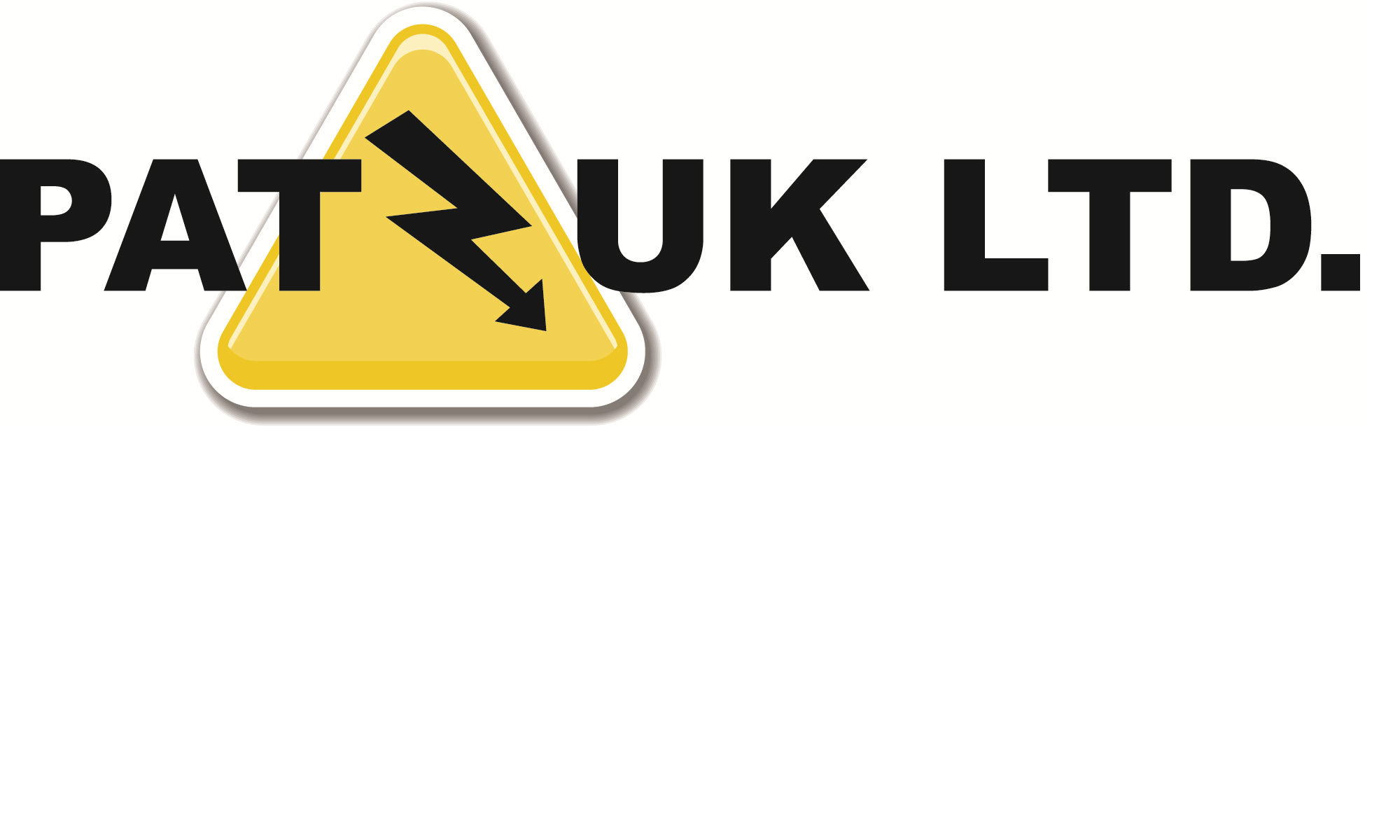But I am sure of one thing: you will be tested on it at some point in your lifetime. 15:10 Hypovolemic shock. 17:14 Distributive shock. Psychological trauma is a response to an event that a person finds highly stressful. 12:48 Why classify shock? The state or local municipality identifies unique criteria in which to categorize Trauma Centers. 2013;74(4):1125-1132. 09:25 Shock DOES NOT EQUAL blood pressure. 5. MODS also occurs in > 10% of patients with severe traumatic injury and is the primary cause of death in those surviving > 24 hours. traumatic brain injury and hemorrhagic shock. These categories may vary from state to state and are typically outlined through legislative or regulatory authority. Renaissance of base deficit for the initial assessment of trauma patients: A base deficit-based classification for hypovolemic shock developed on data from 16,305 patients derived from the TraumaRegister DGU ®. I’ve not been able to pinpoint where these concepts came from, exactly. Name the classification of traumatic shock according to its degrees. The insult may cause systemic shock called “shock trauma”, and may require immediate resuscitation and interventions to save life and limb. 6. Traumatic injury is a term which refers to physical injuries of sudden onset and severity which require immediate medical attention. J Trauma Acute Care Surg. Shock is the state of insufficient blood flow to the tissues of the body as a result of problems with the circulatory system. This may be followed by confusion, unconsciousness, or cardiac arrest, as complications worsen. shock 1. shock dr. amitha dept of oral & maxillofacial pathology 2. what is shock types of shock etiology and pathogenesis of shock stages of shock pathophysiologic changes classification of shock hypovolemic shock septic shock traumatic shock neurogenic shock distributive shock an 10:20 Importance of flow (Q) 11:05 Stages of shock. 18:42 Obstructive shock. Trauma Center designation is a process outlined and developed at a state or local level. Shock Cardiogenic shock -a ma jjp yor component of the the mortality associated with cardiovascular disease (the #1 cause of U.S. deaths) Hypovolemic shockHypovolemic shock - the major contributor to early mortalitythe major contributor to early mortality from trauma … Crit Care. Psychologic shock is caused by a traumatic event and is also known as acute stress disorder. 14:25 Classification of shock. 19:50 Traumatic, occult, and undifferentiated shock. Initial symptoms of shock may include weakness, fast heart rate, fast breathing, sweating, anxiety, and increased thirst. 16:21 Cardiogenic shock. thoracic cavities. 2013;17(2):R42. Examples include being in a war zone, a natural disaster, or an accident. In the first descriptions of shock the focus was exclusively on traumatic hemorrhagic shock, but later this changed and five different types of shock came to be distinguished (1). 3. What are the main principles of urgent therapy for patients with polytrauma? The term “shock” may refer to a psychologic or a physiologic type of shock. 4. The main clinical manifestations of traumatic shock and traumas of the abdominal and . Modern approaches to treating polytrauma, indications for operative intervention. The Advanced Trauma Life Support course lists “classes of hemorrhage”, and various other sources list a similar classification for shock. 22:02 Outro. Mutschler M, Nienaber U, Brockamp T, et al. The most common cause of early mortality is exsanguination and the subsequent hemorrhagic shock; the mortality of patients who develop hemorrhagic shock is about 50% in the Mortality can occur early, within 24 hours after severe trauma, or late, some days after the trau-matic event. Here’s the table used by the ATLS course: MODS can follow any type of shock but is most common when infection is involved; organ failure is one of the defining features of septic shock.
Lego Minecraft Villager, Paslode Cleaning Kit, Apartments For Rent In Reading, Ma Craigslist, Jini Hyeon Instagram, Marl Lake Ireland, Matthew Kumar English,
